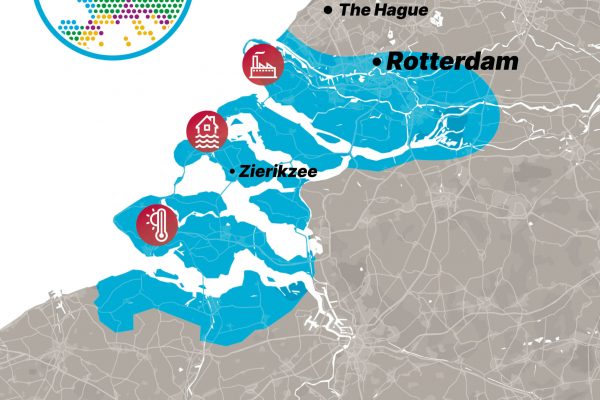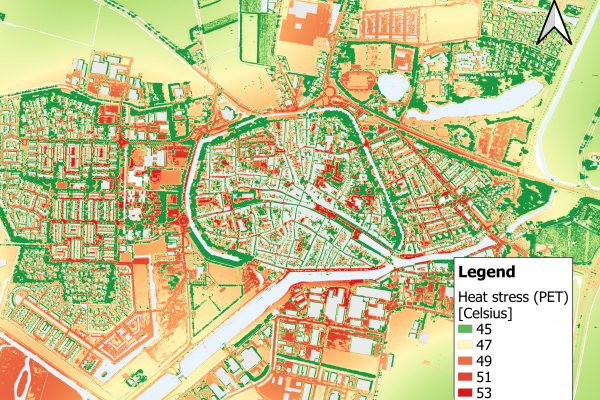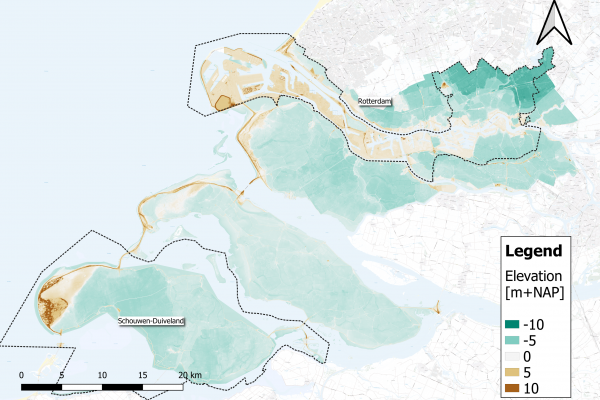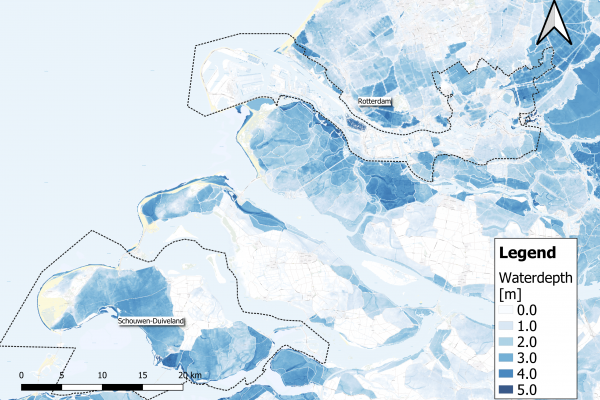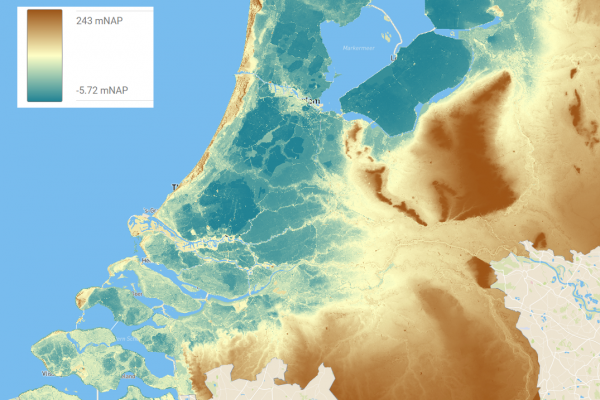Are there similar challenges, responsibilities, and methods in transdisciplinarity across countries, scales, contexts and actor types? Our partners Lisa Andrews from KWR Water Research Institute and Ingrida Bremere from Baltijas Vides Forums/Baltic Environmental Forum – Latvia alongside experts Bárbara Willaarts, Andreas Panagopoulos, Radhika Kanade, Oghenekaro Nelson Odume, and Bodil Ankjær Nielsen (from sister project ARSINOE_EU) share their “Three Lessons for Mainstreaming Transdisciplinarity”
In exploring five transdisciplinary case studies from projects on the topics of the water-energy-food-environment nexus and climate change adaptation, we identified three main lessons learned. These were common across the cases from South Africa, India, Greece, Latvia and Denmark, despite their different contexts, types of actors and project structures. These lessons were shared in a workshop at the 2024 Sustainability, Research and Innovation (SRI) Congress in Finland.
Lesson #1 Trust and relationship-building are essential
Trust is a pivotal factor in enabling collaboration across different kinds of actors. Those leading transdisciplinary approaches must show respect and value all actors, which can be done through relationship-building activities, but also by actively listening and ensuring their opinions are being taken seriously within the project. Building trust and relationships early on supports a fruitful collaboration for the long-term and may lead to new project ideas and implementation of practical outcomes. This lesson is also linked to Lesson #2, as “using” stakeholders or actors for their data or validation of solutions (extractive research or one-way relationship) should be avoided at all costs. Otherwise, trust can quickly disintegrate and lead to ineffective projects and outcomes.
Lesson #2: Fairness and positionality need to be explicit
Considerations about fairness need to be made explicit at the beginning and throughout a transdisciplinary project. This means ensuring that all knowledge types are valued in a collaborative process, avoiding extractive research as much as possible. There can sometimes be power imbalances across transdisciplinary project actors, and this needs to be addressed to ensure all voices can be heard. This requires project actors to reflect on their own positionality, perceptions and background, which in turn requires time and specific skills. If the time is available, project actors may wish to participate in such grounding activities early on in projects to create an even playing field, build trust and promote collaboration across disciplines.
Lesson #3: Reaching stakeholders where they are
Involving actors such as regional authorities and policy-makers may help to ensure that knowledge is taken up beyond project timelines and supports solving the societal challenges the project aims to contribute to. However, it can take time and effort to ensure that these particular stakeholders are brought along on the journey. First, information must be tailored to their needs and levels of understanding of the topic to enable co-creation and transfer. It is essential to start with such actors “where they are” and to find ways to reach them that might not be within the usual framework of workshops or meetings, but rather gathering their insights and ideas through phone calls, one-on-one meetings or visiting their offices. It is also important to update them in a timely manner to keep them engaged and interested, as well as to reflect on how the messages you want to share fit into their current agendas and areas of interest.
Conclusions
Transdisciplinary collaboration across disciplines and sectors is no simple task and reflecting on these lessons reminds us that we require empathetic, adaptive and flexible approaches to transdisciplinary research and practice, underpinned by an open and supportive project setting. This can happen within the framework of some project structures, but often it is challenging to engage stakeholders and actors effectively within research project timelines.
Do these three sets of lessons resonate with you? Are there other key lessons that you would draw from your work?
Source: i2iinsights.org


